In the southern hemisphere, Australia, New Zealand and South Africa, share more than a history in the British Empire…
In the southern hemisphere, Australia, New Zealand and South Africa, share more than a history in the British Empire and membership of the Commonwealth. As popular long-haul destinations for tourists and business travellers alike, the three countries offer similar experiences. They all boast adventure, scenic beauty, indigenous culture and first-class infrastructure. With an increasingly cut-throat international tourism market, how do they set themselves apart from each other?
Seasonally adjusted results from the HotelBenchmark Survey by Deloitte show that hotel performance in Australia, New Zealand and South Africa follows similar trends in both occupancy and revenue per available room (revPAR). Do similar results mean the challenges faced in the three marketplaces resemble each other?
In this edition of ‘In the Know’, our fortnightly e-newsletter, we take a look at the hotel performance trends in these three southern hemisphere countries. In the next edition we focus on how they compete for the long-haul traveller. We examine their relationship with the airline industry, their approach tourism branding and their ability to attract similar source markets.
Achieving high occupancies with similar growth
All three countries achieve high occupancies on a global scale. The seasonally adjusted occupancy graph below shows that performance in New Zealand has shifted and is now closely tracking Australia. As neighbours it is logical that they have similar trends, especially considering that 14 percent of Australian visitors also visited New Zealand in 2003. New Zealand’s appeal has been further enhanced by the publicity following the success of movies like the Lord of the Rings trilogy.
Southern hemisphere rolling-12 occupancy analysis

Like Australia, South Africa experienced relatively stable occupancies during 2000 and 2001. There was then a sharp increase, bringing occupancies closer to the other two countries during 2002 and early 2003. This boost can be attributed to increased global exposure following the United Nations World Summit in 2002 and the Cricket World Cup in 2003.
Recently, South Africa`s occupancy has been falling compared to the growth seen by the other two countries. The South African Rand has been gaining strength and stability which has affected traveller’s perception of South Africa as a value-for-money destination. Previously, the weakness of the Rand has been a positive attraction for visitors to the country looking for a first-class experience without paying first-class prices.
Increased rates necessary for revPAR to compete globally
Markets in the three countries provide major global competition in occupancy performance, yet their revPAR does not compete at the same level. They need to increase their average rates to bring revPAR levels in line with top global revPAR players.
Seven markets from the three southern hemisphere countries appeared within the top 20 markets of the HotelBenchmark Survey’s Global Ranking of Performance Indicator (GRI) for occupancy. Yet only two ranked in the top 20 revPAR GRI*. In order to compete worldwide on revPAR, hotels will need to increase their average rates without compromising occupancy.
Although the growth in revPAR noted in the chart below looks exceptional, the weakness of the US dollar should be taken into account. There is still good news when looking at results in local currency. Following growth in 2003, all three countries have continued to increase their revPAR in 2004.
Southern hemisphere revPAR comparison to previous year (US$)

Source: HotelBenchmark Survey by Deloitte
Average room rate growth in New Zealand and Australia has already started to play a role in increased revPAR.
Following rate increases during international events like the Rugby World Cup in 2003 and the America`s Cup and Louis Vuitton sailing regattas in 2002 and 2003, rates have not dropped to their previous levels. Also with no significant increases in supply planned for the near future and the New Zealand tourism office continuing to target the sophisticated world-class traveller this provides ample opportunity for rate growth.
South Africa on the other hand, needs to address changing consumer perceptions as a value-for-money destination due to the strengthening of the Rand. With the US dollar gaining, and the Rand projected to remain stable over the next two years, there will be challenges to increase the room rates. However, the new Tourism and Environment Minister has committed to increase air access to the country which should help ease the pressure. In addition to hopefully bringing more people to the country, the increased availability of flights should help drive down the cost of travel to the country, adding back to consumers’ value-for-money perception.
With similar performance trends and industry challenges, comparing the hotel industries in Australia, New Zealand and South Africa is interesting. Results show that all three countries enjoy high occupancies within the global marketplace however they still have scope to improve revPAR via average room rate growth.
Increased revPAR, a good sign of increased profitability, will help bring performance in line with key markets across Europe and North-east Asia. Although Australia and New Zealand seem to be more on track towards increasing their revPAR via accelerated average room rate growth, South Africa also has the infrastructure to ensure it stays competitive.
Theodore is the Co-Founder and Managing Editor of TravelDailyNews Media Network; his responsibilities include business development and planning for TravelDailyNews long-term opportunities.




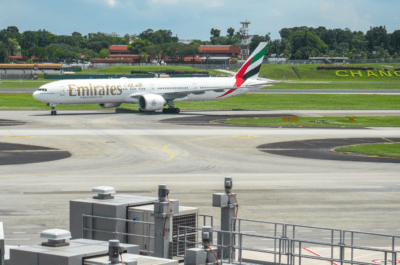
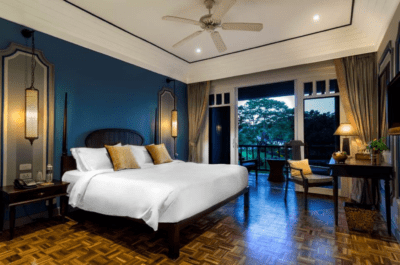
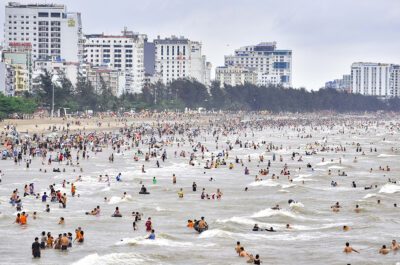
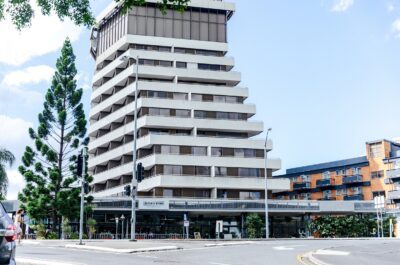
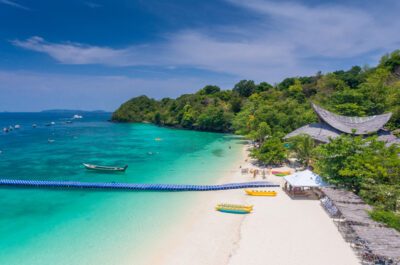
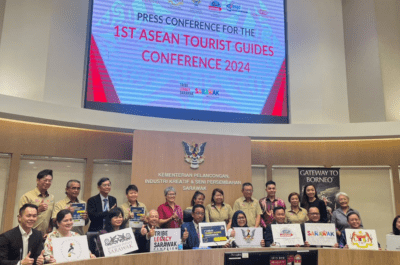







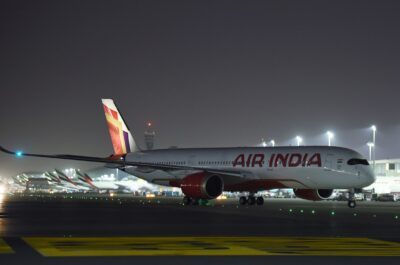




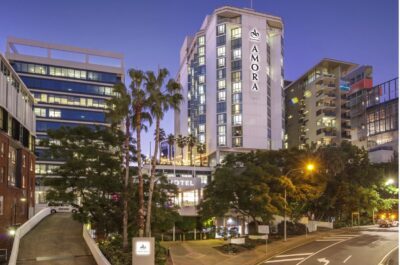





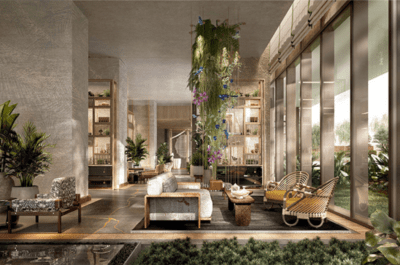





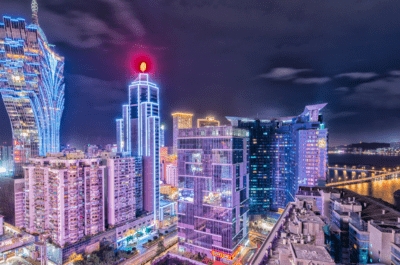
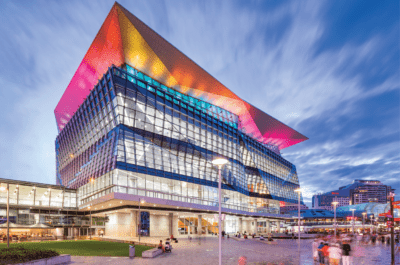

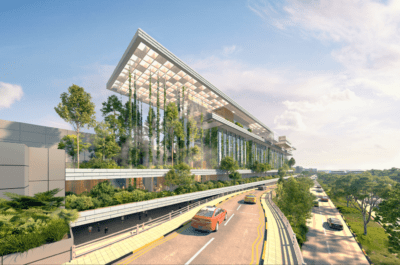

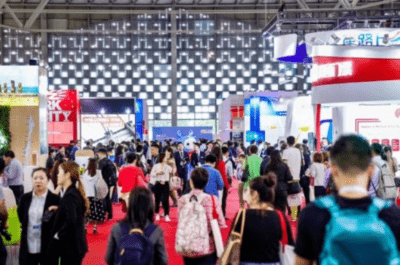


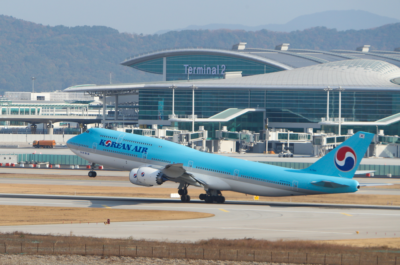
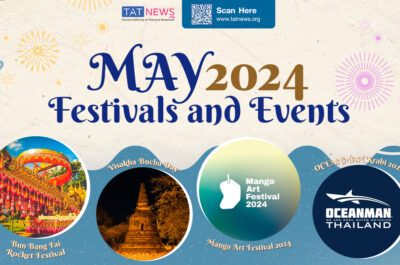

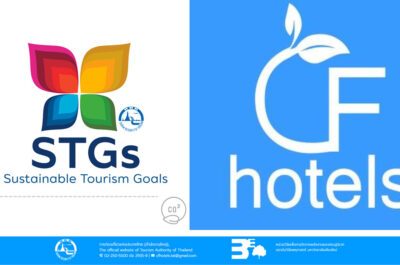
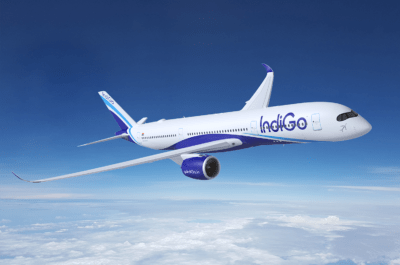
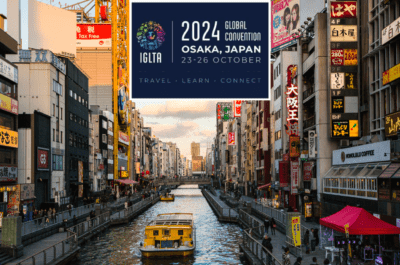


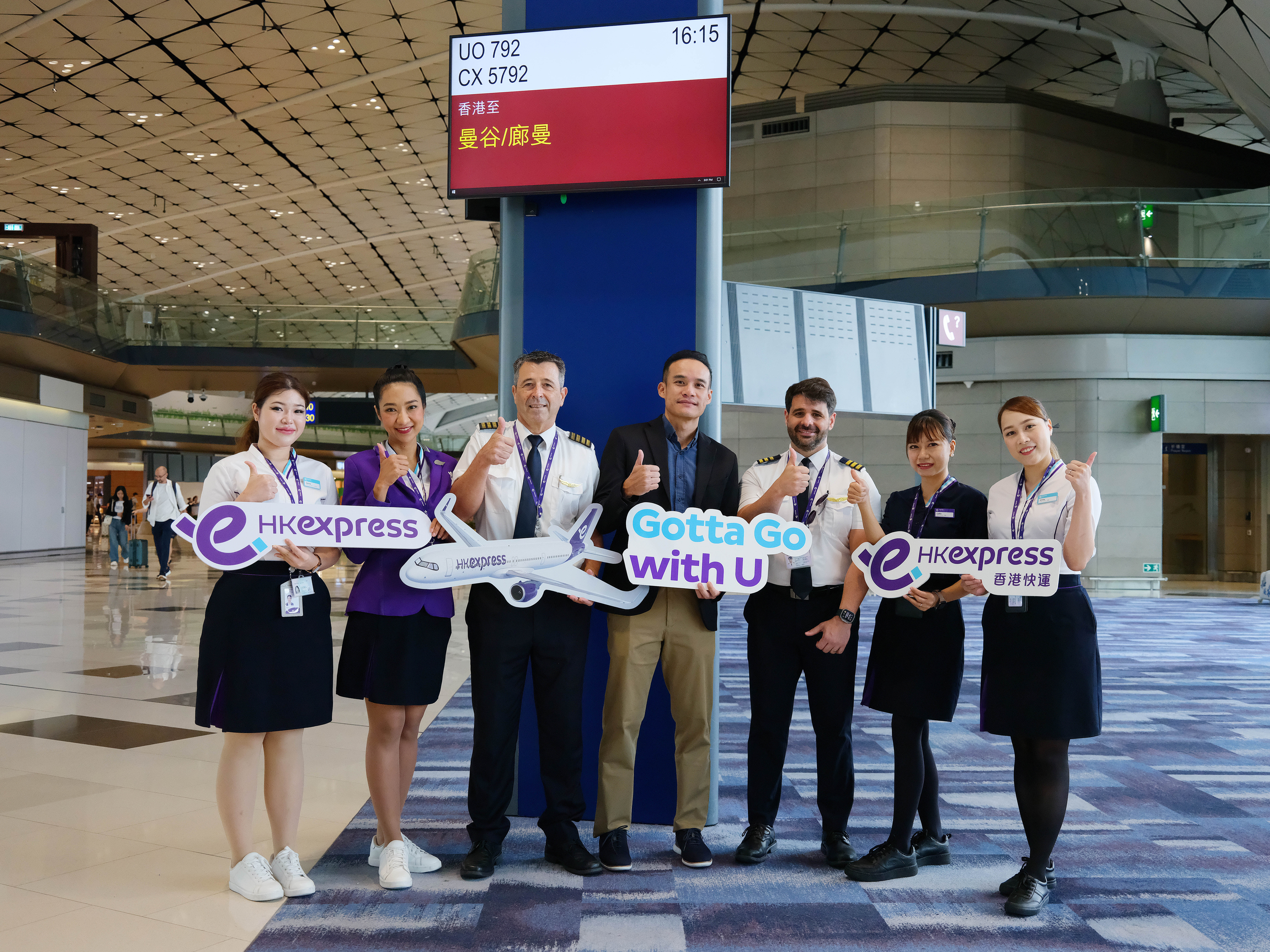

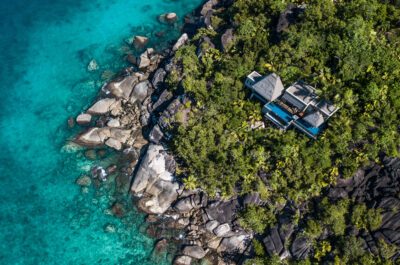
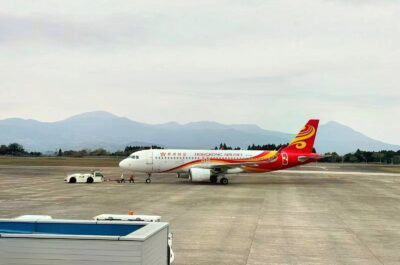
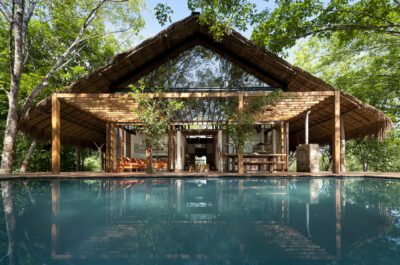



![[PR] PR_Ascott and Vimut Hospital_2024](https://www.traveldailynews.asia/wp-content/uploads/2024/04/PR-PR_Ascott-and-Vimut-Hospital_2024-400x265.jpg)







